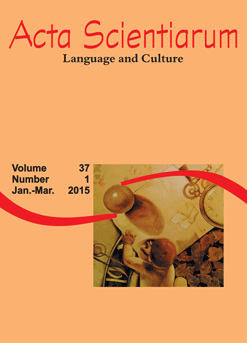<b>Dalit women life-narratives and literature as experience
Resumen
Jacques Ranciere (2011, p. 53) observes that rather than create works of art, contemporary artists want to get out of the museum “[...] and induce alterations in the space of everyday life, generating new forms of relations”. In this context, the aim of this paper is to discuss the power of literature to turn experience into life-narratives that will eventually give rise to a differentiated kind of social experience (SMITH; WATSON, 2010), through the reading of the novel Sangati (1994) by the Indian Dalit writer Bama. In order to make visible the experiences of the Dalit women, Bama rewrites the genre autobiography, as understood in the West, since in her narrative the voice of the community imposes itself upon the voice of the individual. In so doing, she changes the quality and style of canonical narratives considered as literary so that they will accommodate the stories of silenced people articulated through a differentiated kind of aesthetics.
Descargas
DECLARAÇÃO DE ORIGINALIDADE E DIREITOS AUTORAIS
Declaro que o presente artigo é original, não tendo sido submetido à publicação em qualquer outro periódico nacional ou internacional, quer seja em parte ou em sua totalidade.
Os direitos autorais pertencem exclusivamente aos autores. Os direitos de licenciamento utilizados pelo periódico é a licença Creative Commons Attribution 4.0 (CC BY 4.0): são permitidos o acompartilhamento (cópia e distribuição do material em qualqer meio ou formato) e adaptação (remix, transformação e criação de material a partir do conteúdo assim licenciado para quaisquer fins, inclusive comerciais.
Recomenda-se a leitura desse link para maiores informações sobre o tema: fornecimento de créditos e referências de forma correta, entre outros detalhes cruciais para uso adequado do material licenciado.




















6.png)









